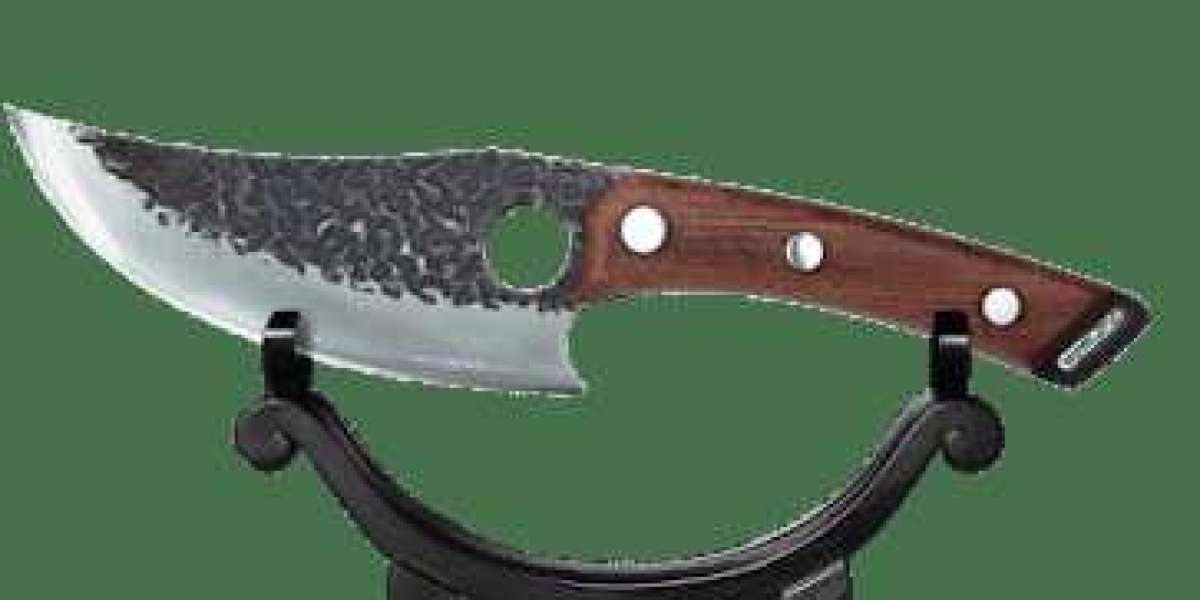Backcountry hunting is one of the most challenging and rewarding pursuits for outdoorsmen. Long hikes, unpredictable weather, and rugged terrain demand gear that is light, durable, and reliable. One of the most important components of your setup is shelter.
The right shelter keeps you protected from the elements and ensures you get the rest you need to perform at your best. But with so many options available, how do you choose the best one for your expedition?
Here’s a breakdown of the best shelter options for backcountry hunters and what to consider when making your choice.
Know Your Hunting Conditions
Before choosing a shelter, assess the region and season you'll be hunting in. Are you heading into high elevations with unpredictable snow? Will temperatures drop sharply at night? Will you face heavy rain or high winds?
Different conditions call for different types of shelters. You’ll need to factor in weather resistance, ventilation, insulation, and space when selecting your setup.
Single Wall vs. Double Wall Shelters
Single-wall tents are lighter and more compact, which makes them ideal for minimalist hunters. However, they often offer less ventilation and may be prone to condensation.
Double-wall tents, though slightly heavier, provide better protection from moisture and are generally more comfortable in wet or cold environments. The trade-off is weight and setup time.
Tarps and Bivies for Ultralight Hunters
For experienced hunters looking to shave every ounce, a tarp or bivy sack might be the right choice. These are excellent for short trips or fast-and-light setups.
Tarps provide a flexible, open-air shelter that can be configured in many ways. They pair well with trekking poles and are favored for their weight savings. Bivy sacks are weather-resistant sleeping bag covers, ideal for solo hunters in fair conditions.
These shelters are best for dry climates or hunters with strong backcountry navigation and weather awareness skills.
Tents: Versatile and Reliable
Tents remain the most popular shelter choice for backcountry hunters. They offer full coverage, bug protection, and reliable performance in a wide range of weather conditions.
When selecting a tent, weight, size, and packability should be top priorities. Look for shelters that balance comfort and protection without adding bulk to your loadout.
Explore our collection of best lightweight tents designed specifically for backcountry conditions. These tents are engineered for hunters who need durable shelter without sacrificing mobility.
Capacity Matters
Think about how much space you really need. If you’re hunting solo, a 1-person or lightweight 2 person tent will give you just enough room to sleep and store essentials. Two-person models provide extra space for gear or a partner while keeping the weight reasonable.
If you're hunting with a partner or packing more equipment, consider compact options that don’t overburden your pack but still offer room to move and rest.
Weight vs. Durability
Ultralight tents save you weight but often come with trade-offs in durability and storm resistance. Look for tents made with ripstop nylon, silnylon, or Dyneema fabrics. These materials are strong yet light, making them ideal for backcountry shelter.
Reinforced seams, sturdy zippers, and aluminum or carbon fiber poles add durability without unnecessary weight.
Setup Speed and Simplicity
After a long day tracking and hiking, the last thing you want is a complicated setup. Choose tents that pitch quickly, even in low light or poor weather. Freestanding designs are easier to set up on uneven or rocky terrain, while non-freestanding models save weight but require more precision.
Look for intuitive clip systems, color-coded poles, and adjustable guy lines to simplify the process.
Ventilation Is Key
Proper airflow prevents condensation and helps regulate temperature inside your shelter. Choose tents with mesh panels, vent windows, and double doors when possible. This is especially important in humid or colder environments where breath moisture can lead to wet gear or discomfort.
Shelter for Extended Hunts
If you're staying out for multiple days or weather is a known challenge, invest in a shelter that offers durability and room for extra gear. Some tents include vestibules or gear storage areas, which are great for stashing boots, packs, and weapons outside your sleeping space.
Consider Compactness
Packing efficiency is crucial when space is limited. Prioritize compact tents for backpacking that compress well and fit easily into your pack’s main compartment or side pocket.
Rollable pole sets, lightweight stakes, and slim-profile rain flies all help reduce volume without losing performance.
Final Thoughts
Shelter isn’t just about protection—it’s about comfort, recovery, and performance. Choosing the right shelter can mean the difference between a cold, restless night and a solid recovery for the next day's pursuit.
Evaluate your hunting environment, trip length, and load capacity. Then choose a shelter that offers weather protection, packability, and ease of use.
For trusted, high-performance backcountry shelter, browse our selection of best lightweight tents at VIAM Outdoors. Designed with real hunters in mind, these tents are made to go the distance—light on your back and strong in the field.







